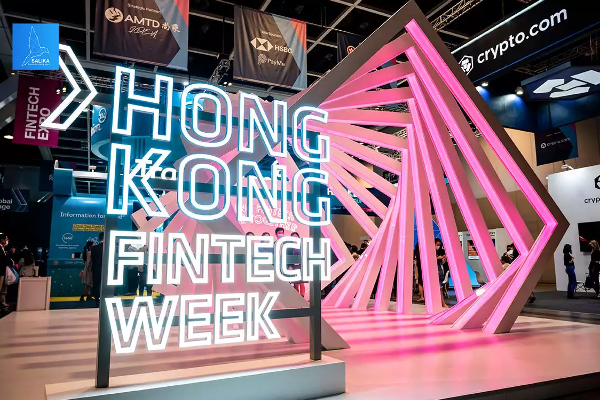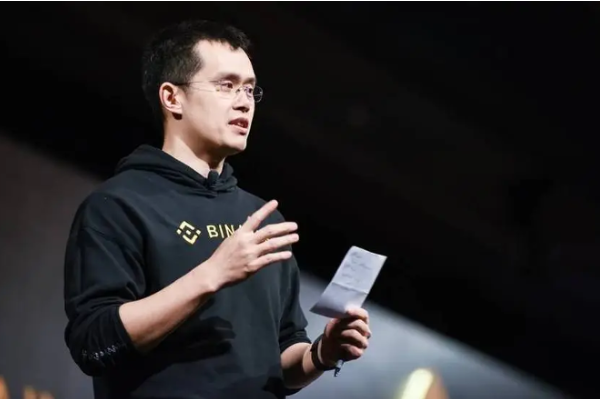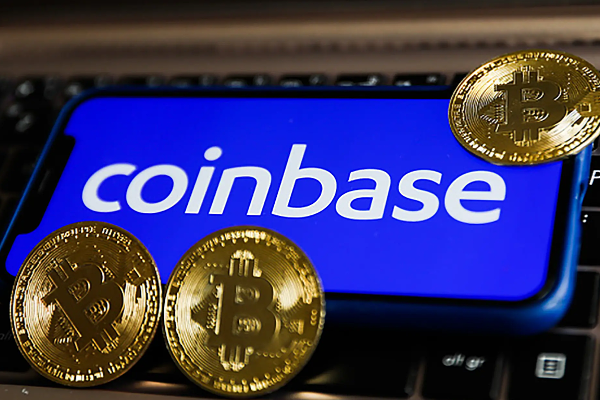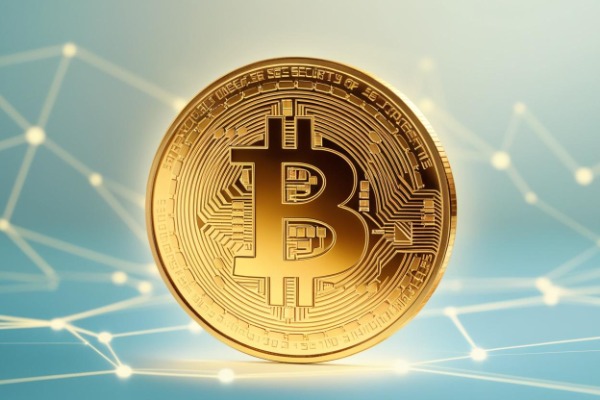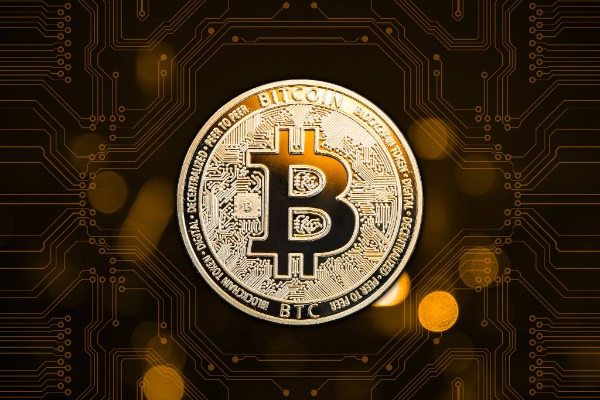Who invented blockchain?

In late 2008, a person or group named Satoshi Nakamoto published a white paper online that explained the principles behind a new digital currency called Bitcoin.
Every cryptocurrency since then has been an evolution of the concept proposed in that article.
Satoshi's goal was to create a digital currency that would allow two strangers anywhere in the world to trade online without the need for a third party like a credit card company or an intermediary payment processor like Paypal.
This required a system to eliminate the thorny problem known as "double spending," where one person could spend the same money more than once. The solution was a network that constantly verifies where Bitcoins go. That network is the blockchain.
Every Bitcoin transaction is stored and verified by a global network of computers that is not controlled by any one person, company, or country.
The database that holds all this information is called the blockchain. Bitcoins are "mined" by a huge decentralized (also called peer-to-peer) network of computers that are also constantly verifying and ensuring the accuracy of the blockchain. In return for contributing computing power to the blockchain, miners are rewarded with small amounts of cryptocurrency.
Every bitcoin transaction is reflected on the ledger, and new information is periodically collected in a "block" and added to all previous blocks.
The collective computing power of miners is used to ensure the accuracy of the growing ledger. Bitcoin is inseparable from the blockchain; every new bitcoin is recorded on it, as are all subsequent transactions of existing bitcoins.
In return for contributing computing power to the blockchain, miners are rewarded with small amounts of cryptocurrency.
